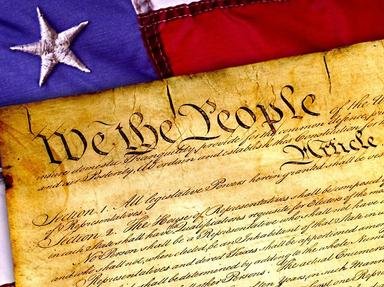Quiz Answer Key and Fun Facts
1. In the fall of 1781, why did Lt. General Cornwallis move his British troops from the Carolinas to Yorktown, Virginia?
2. By August of 1781, Cornwallis was in Yorktown, Virginia. Why was he not very concerned about battling George Washington's forces at that time?
3. In mid-August of 1781, Cornwallis was in Yorktown and was unaware of any American troop movement. True or False: Because of this, he left Yorktown almost totally defenseless.
4. Unfortunately for Cornwallis, what country's fleet of ships controlled the Chesapeake Bay as of September 5, 1781?
5. On September 28, 1781, Washington and troops arrived at Yorktown. The next day, what order did Cornwallis give his troops?
6. On October 6-10, 1781, the American and French forces finished digging a series of trenches for the first parallel. What part of this allied force now was ordered forward against Cornwallis?
7. On October 14, 1781, the American and French forces had dug a second parallel line and were ready to attack the two remaining redoubts held by the British and German soldiers. What American led the troops that captured Cornwallis's Redoubt Number 10? He would later die in a duel with Aaron Burr.
8. By October 16, Cornwallis knew things were desperate. He attempted to evacuate his soldiers by taking boats across the river to Gloucester Point. What hampered this attempt?
9. On October 17, 1781, the British waved a white flag, and on the 19th the articles of capitulation were signed. Later that day, the official surrender ceremony was performed. True or False: Cornwallis did not attend.
10. After the surrender, Cornwallis was paroled and returned to England. He tried to put it all behind him, though, and from 1786 to 1793, he was Governor-General of what country? He was based out of Calcutta.
Source: Author
stephgm67
This quiz was reviewed by FunTrivia editor
ponycargirl before going online.
Any errors found in FunTrivia content are routinely corrected through our feedback system.
